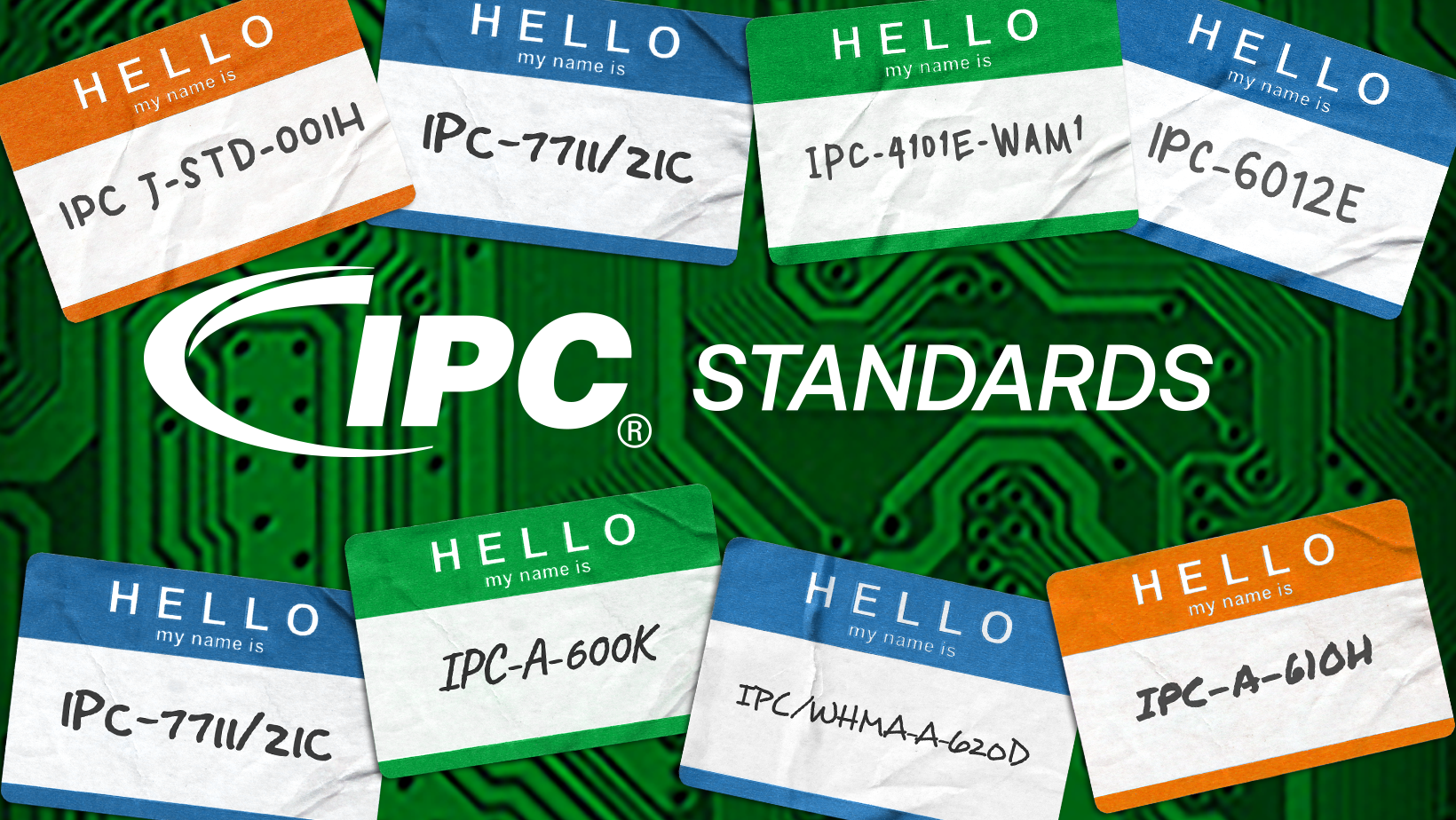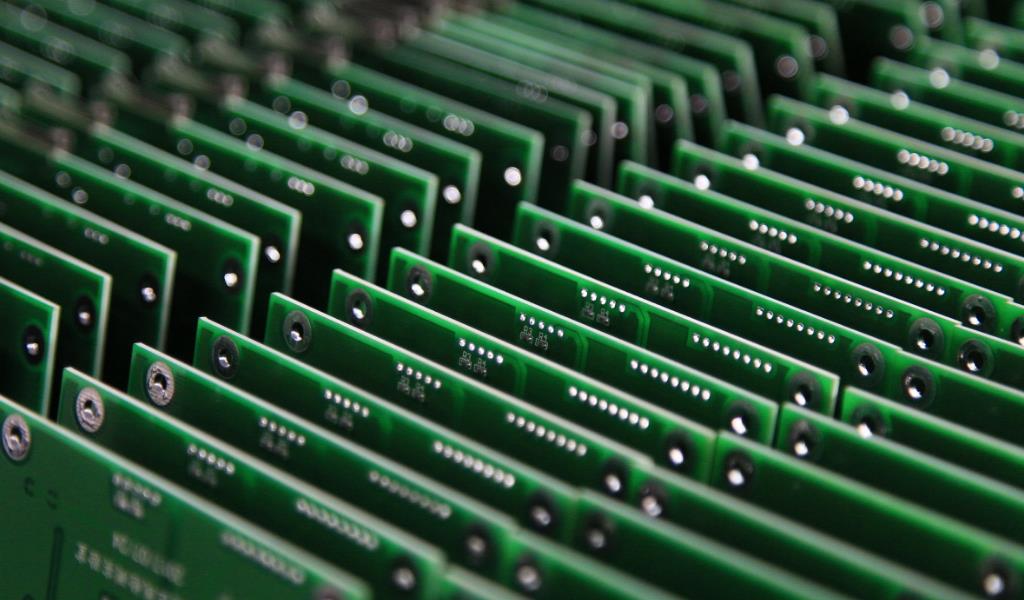IPC stands for the Institute for Printed Circuits, which is now known as the Association Connecting Electronics Industries. IPC develops and maintains a wide range of international standards and guidelines for the electronics manufacturing industry, including those related to printed circuit boards (PCBs).
The IPC standards cover various aspects of PCB design, fabrication, assembly, and testing. These standards provide guidelines and best practices that help ensure consistent quality, reliability, and performance of electronic assemblies.
How many IPC standards are there?
As of my knowledge cutoff in September 2021, IPC has published numerous standards covering various aspects of electronics manufacturing. The exact number of IPC standards may have changed since then due to the
release of new standards or revisions to existing ones.Till now, we got the information that IPC has published over 300+ active multilingual industry standards, covering nearly every stage of the electronics product development cycle.You can see more details according to there official website.

IPC has developed several standards specifically related to printed circuit boards (PCBs). Here are just a few examples of IPC standards related to PCBs. IPC continues to develop and update standards to address
advancements and changes in the electronics industry. It is advisable to refer to the latest versions of the standards for the most accurate and up-to-date information.
IPC-A-600: Acceptability of Printed Boards - This standard provides criteria for evaluating the quality and acceptability of bare printed circuit boards.
IPC-6012: Qualification and Performance Specification for Rigid Printed Boards - This standard establishes the requirements for the qualification and performance of rigid printed boards, including materials,
construction, and testing.
IPC-2221: Generic Standard on Printed Board Design - This standard provides guidelines for the design of printed circuit boards, including requirements for layout, dimensions, tolerances, and materials.
IPC-2222: Sectional Design Standard for Rigid Organic Printed Boards - This standard provides specific design guidelines for rigid printed circuit boards, covering topics such as layer stackup, conductor spacing,
and impedance control.
IPC-4101: Specification for Base Materials for Rigid and Multilayer Printed Boards - This standard defines the requirements for base materials used in the fabrication of rigid and multilayer printed circuit boards.
l IPC-7351: Generic Requirements for Surface Mount Design and Land Pattern Standard - This standard provides guidelines for the design of surface mount land patterns on printed circuit boards, including recommendations for pad dimensions, tolerances, and solder mask clearances.
Why the IPC 2221 Standard is so important for PCB ?
The IPC-2221 standard, titled “Generic Standard on Printed Board Design,” is crucial for the design of printed circuit boards (PCBs),IPC-2221 plays a vital role in ensuring the quality, manufacturability, and compatibility of
PCB designs. By following its guidelines, designers can create PCBs that are reliable, cost-effective, and optimized for efficient production.
Design Guidelines: IPC-2221 provides comprehensive guidelines and recommendations for PCB design. It covers various aspects such as layer stackup, conductor spacing, trace width, hole sizes, solder mask clearances, and component placement. These guidelines help ensure that the PCB design meets industry best practices and manufacturing requirements.
Design for Manufacturability (DFM): IPC-2221 emphasizes DFM principles, which aim to optimize the PCB design for efficient and cost-effective manufacturing. By following the guidelines in IPC-2221, designers can minimize manufacturing issues, such as signal integrity problems, impedance mismatches, solderability issues, and assembly difficulties.
Consistency and Compatibility: IPC-2221 provides a standardized approach to PCB design, ensuring consistency across different designs and compatibility with manufacturing processes. By adhering to the standard, designers can create PCBs that are compatible with various fabrication and assembly techniques, reducing the risk of errors and improving overall quality.
Communication and Collaboration: IPC-2221 serves as a common language between designers, manufacturers, and assemblers. It facilitates effective communication and collaboration by providing a shared set of design guidelines and terminology. This helps prevent misunderstandings, reduces design iterations, and streamlines the overall design-to-production process.
Industry Recognition: IPC-2221 is widely recognized and accepted in the electronics industry. By following this standard, designers can ensure that their PCB designs meet industry expectations and are compatible
with manufacturing and assembly processes. It also helps establish credibility and trust with manufacturers and assemblers.

Topfast PCB has 2 factories: One is on PCB prototype manufacturing in Shenzhen, and the other is on PCB assembling in Guangzhou. All products are under the high quality with full testing and quality check
before delivery. Our customers are mostly in Germany, France, USA, UAE, UK, The Netherlands and Switzerland, Russia etc.
Welcome to Contact us and leave your requests here, our salesman will contact you within 2 hours and send the details quotation for your requests.
Address of Plant
PCB Factory:
A1 Building, B Zone, Ditang Industrial Zone, Ditang Road, Shajing Street, Bao'an District, Shenzhen, China
PCBA Factory:
4/F, Building 21, No. 46 Xinye Road, Yonghe Development Zone, Huangpu District, Guangzhou, China
Office Address:
Room 2201-03 & 2206, Building 1, Changfeng International, No. 96, Li Xin 12 Road, Zengcheng District, Guangzhou City, Guangdong Province, China.